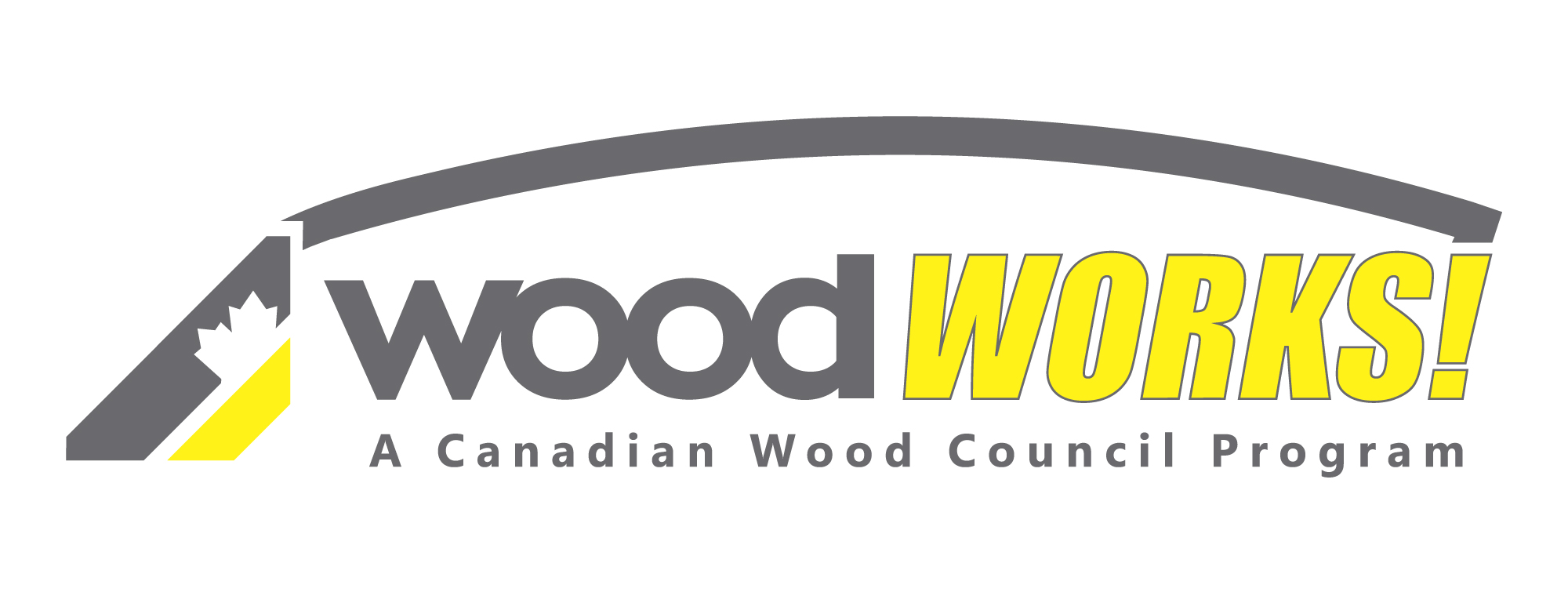By naturally:wood. Course Number WWOL011, Year Created 2013. Format: PDF Documents and Videos – Length: Two Hours Handouts: Yes – Credit: AIA, all Canadian Provincial Architect Associations, BC Housing, EIC – The Building Green with Wood Toolkit by naturally:wood is a comprehensive course on issues required when considering building rating systems, codes and any other “green” related initiatives.
Sustainability
017. The Bullitt Center: Heavy Timber and the Living Building Challenge
By Brian Court. Course Number WWOL017, Year Created 2014. Format: PowerPoint Video – Length: One Hour – Credits: AIA, all Canadian Provincial Architect Associations, HPO, EIC – Handout: Yes. The Bullitt Center, a six-storey heavy timber building, recently competed in Seattle, is predicted to be the world’s most energy efficient commercial building. In this presentation, Project Architect Brian Court will give a short overview of the LBC, discuss the design strategies for the Bullitt Center, and highlight structural and environmental virtues of the heavy timber structural system such as renewability, contribution to energy efficiency, and light carbon footprint.
021. Forestry Myth Busters, a Practitioners Perspective
By Al Stinson. Course Number WWOL021, Year Created 2014 Format: PowerPoint Video – Length: One Hour – Downloadable Handout: Yes – Credit: AIA, Canadian Provincial Architect Associations, EIC – In this presentation, Al tackles some existing myths and misconceptions about modern-day forestry operations.
040. Vorarlberg, Austria
By Ulrich Dangel: Format: PowerPoint Video – Length: One Hour – Credits: AIA, all Canadian Provincial Architect Associations, EIC – Handout: No. This presentation contains examples of Vorarlberg’s unique architectural styles in the design of wood buildings from its early beginnings to the present.
041. Wood Solutions to Sustainability Questions
By Peter Moonen. Course Number WWOL041, Year Created 2012.Format – PowerPoint Video – Length: One Hour – Credits: AIA, all Canadian Provincial Architect Associations, EIC – Handout: Yes. Learn how using wood as a preferable building material can contribute to reducing greenhouse gas emissions.
093. Wood Products – Climate Change and Carbon Benefits
By Adam Robertson. Course Number WWOL093, Year created 2017. Format: PowerPoint Video – Length: One Hour – Credits: AIA, all Canadian Provincial Architect Associations, BC Housing, EIC – Handout: No. The carbon benefits of using wood products will be explored, including forests as carbon sinks, wood building products as long-term carbon storage devices and emissions reductions through product substitution.
124. How Passive House principles will influence woodâframe projects
147. Forestry in Canada: Managing for Important and Multiple Values
By Derek Nighbor. Course Number WWOL147, Year Created 2020. Format: PowerPoint Video – Length: One Hour – Credits: AIA, all Canadian Provincial Architect Associations and EIC – Handout: Yes. Given the role that Canadian forest sector workers play as stewards of our forests, this session will share information on how Canadaâs forests are managed â and will look at the important values that must be considered as we deal with a dynamic landscape and a changing climate.
158. Why Forestry is not about trees
By Etienne Belanger. Course Number WWOL158, Year Created 2020. Format: PowerPoint Video – Length: One Hour – Credits: AIA, all Canadian Provincial Architect Associations. Handout: Yes. This course will discuss forestry from the origins of the forest science to current challenges. It will explain how the definition of sustainable forest management continues to evolve, notably through forest management certification standards.
168. The role of Certification in Mass Timber Construction
By Annie Perkins Format: PowerPoint Video – Length: One Hour – Credits: AIA, all Canadian Provincial Architect Associations, BC Housing, EIC – Handout: Yes. Certified wood offers an excellent solution for building projects. When procured from responsibly managed forests, building with wood addresses climate change, conservation, and biodiversity, and provides renewable building materials with lower embodied carbon than traditional building materials.









